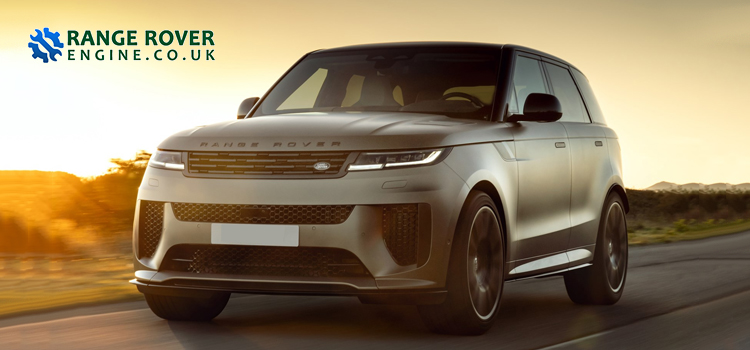How Does The Range Rover 2.0 Engine’s Power Output And Torque Affect Acceleration And Handling?

Introduction
Luxury SUVs like the Range Rover are known for their blend of opulence, capability, and performance. The introduction of the 2.0 engine into the Range Rover lineup has stirred curiosity among enthusiasts about its power output and torque, and how these specifications influence acceleration and handling. We delve into the intricacies of the Range Rover 2.0 engine, exploring its impact on both acceleration and handling.
Understanding the Range Rover 2.0 Engine
The Range Rover 2.0 engine represents a shift towards efficiency without compromising power. This turbocharged four-cylinder engine is designed to provide ample power while maintaining a balance between performance and fuel economy. Understanding its specifications is crucial in comprehending its influence on acceleration and handling.
Power Output: A Key Factor in Acceleration
The power output of an engine directly influences acceleration. With the Range Rover engine, the power generated plays a pivotal role in propelling the vehicle forward. By examining the horsepower produced, we can gauge how swiftly the vehicle can accelerate, whether from a standstill or during overtaking maneuvers on the highway.
Torque: The Driving Force Behind Acceleration
While power output is significant, torque is the true driving force behind acceleration. The torque generated by the Range Rover 2.0 engine determines the low-end grunt, essential for quick starts and responsive throttle inputs. A deeper understanding of torque helps us grasp how effortlessly the vehicle can accelerate across various driving conditions.
Acceleration Dynamics: The Marriage of Power and Torque
Acceleration dynamics in the Range Rover 2.0 engines are a symphony orchestrated by power and torque. How these two elements interact defines the vehicle’s responsiveness and agility. Exploring the interplay between power and torque sheds light on the acceleration characteristics of the Range Rover equipped with the 2.0 engine.
Handling: Balancing Power with Precision
While power and torque are crucial for acceleration, handling relies on a delicate balance between performance and precision. The Land Rover Engine influence on handling extends beyond brute force, encompassing factors like weight distribution, suspension tuning, and electronic aids. Examining these elements reveals how the vehicle maintains composure through corners and varying road conditions.
Weight Distribution: Impact on Dynamic Handling
The distribution of weight plays a pivotal role in a vehicle’s dynamic handling characteristics. The introduction of the 2.0 engine into the Range Rover lineup prompts a reassessment of weight distribution and its implications on agility and stability. Understanding how the engine placement affects the vehicle’s center of gravity provides insights into its handling prowess.
Suspension Tuning: Fine-Tuning for Performance
Suspension tuning is a critical aspect of enhancing handling capabilities. With the Range Rover 2.0 engine, manufacturers must fine-tune the suspension to accommodate the engine’s characteristics while maintaining ride comfort and stability. Delving into the suspension setup elucidates how it contributes to the vehicle’s agility and responsiveness on various road surfaces.
Electronic Aids: Harnessing Technology for Enhanced Handling
Modern vehicles utilize electronic aids to augment handling prowess. The RangeRover 2.0 engine is accompanied by a suite of electronic systems designed to optimize traction, stability, and cornering performance. Exploring these electronic aids unveils how technology synergizes with mechanical components to deliver a confident and engaging driving experience.
Conclusion
The introduction of the Range Rover 2.0 engine brings forth a new chapter in the evolution of luxury SUVs, redefining expectations regarding power, torque, acceleration, and handling. By dissecting the engine’s specifications and understanding its influence on acceleration and handling dynamics, enthusiasts gain deeper insights into the performance capabilities of this iconic vehicle. As automotive technology continues to advance, the RangeRover 2.0 engine stands as a testament to innovation, blending power, efficiency, and agility in a harmonious package that excites drivers and elevates the driving experience to new heights.

